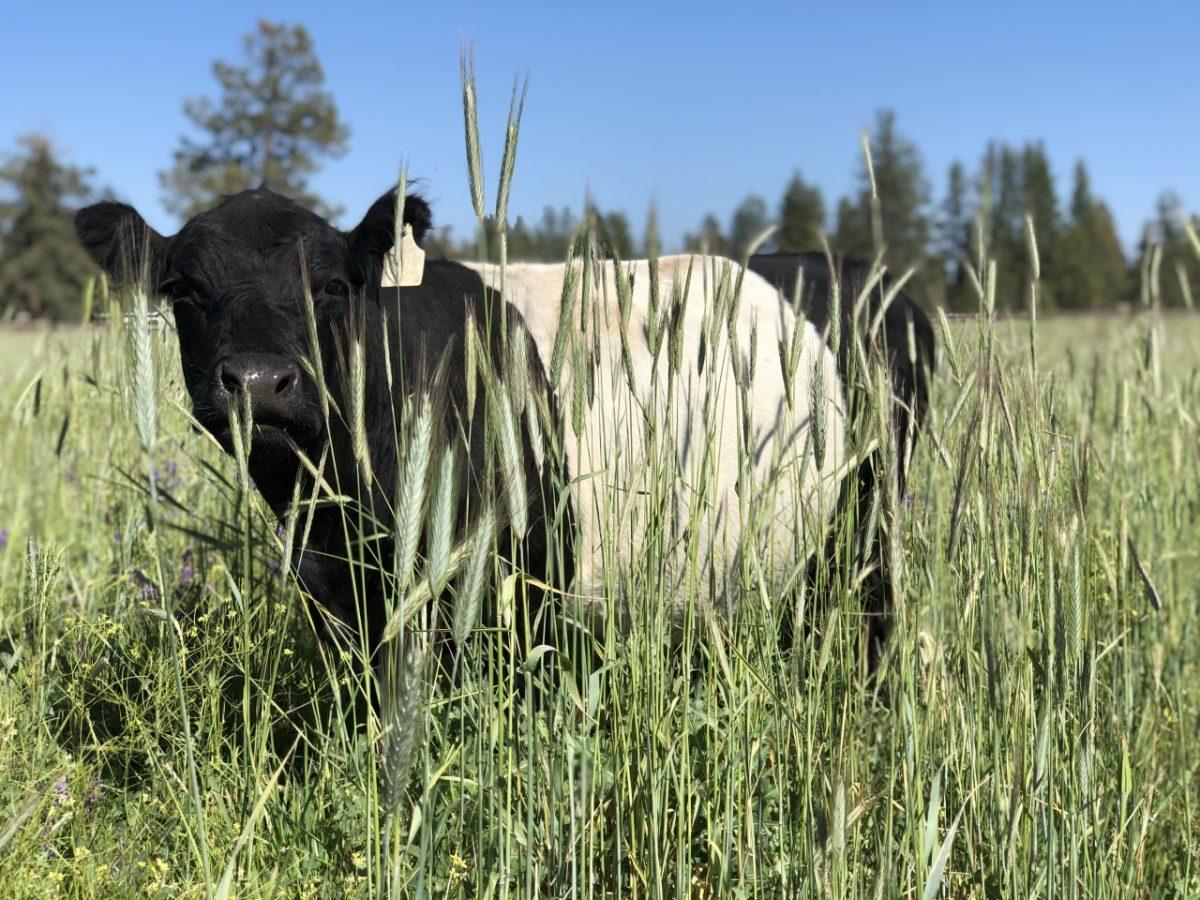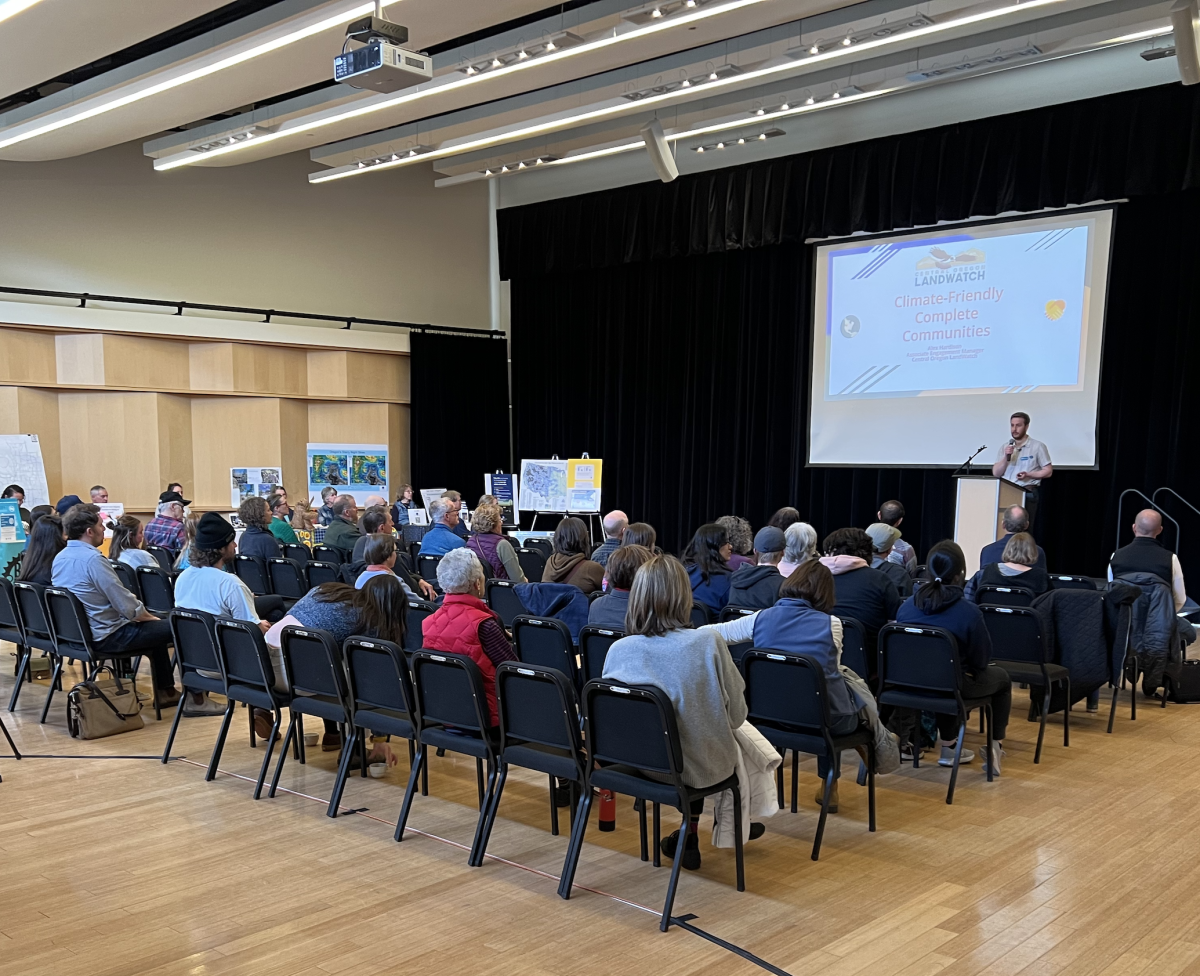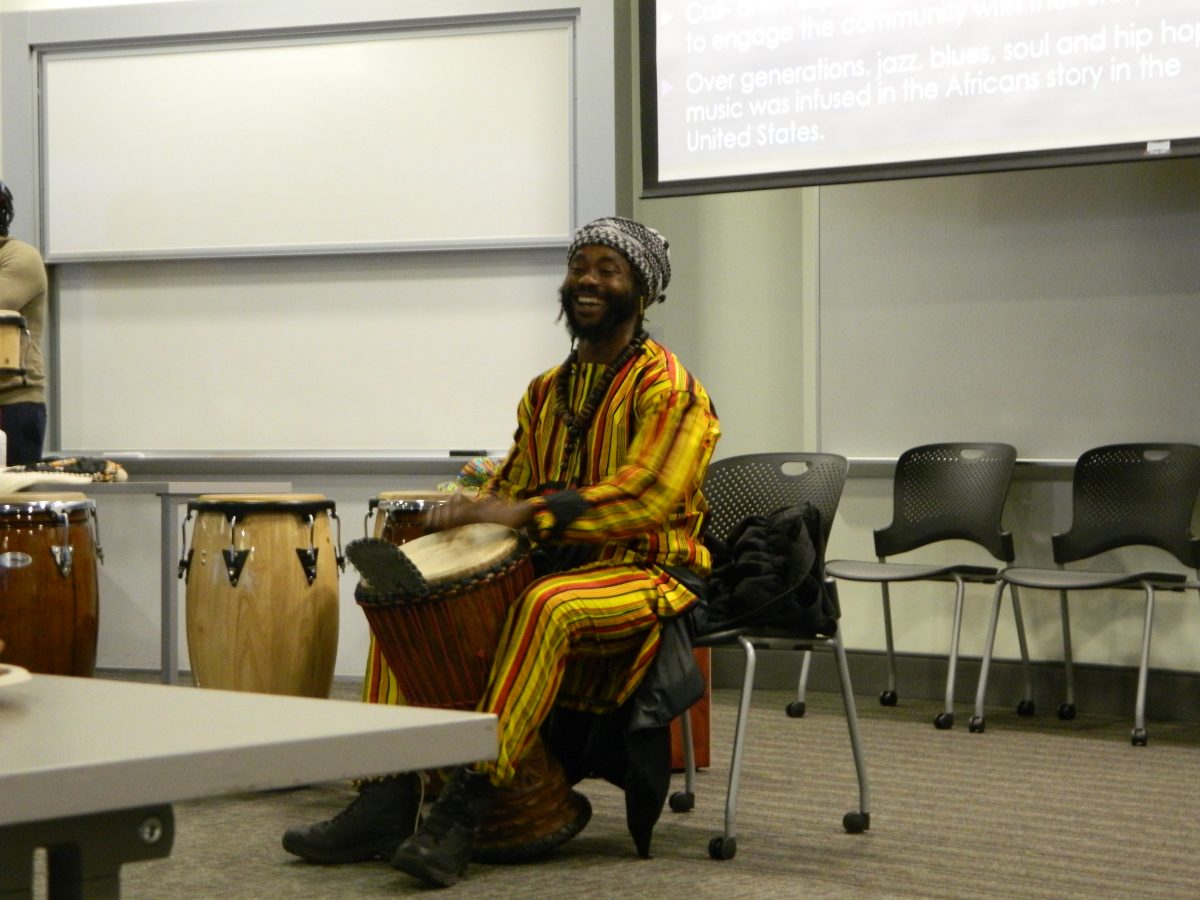McKenzie Leary/The Broadside
Climate change is a prevalent problem our world is currently fighting to solve. The debate over how to best remove carbon from the air and stop the excessive pollution plaguing our atmosphere is ongoing. However, there is one solution that could help combat climate change. The solution is regenerative agriculture.
Regenerative agriculture focuses on building healthy soil that can capture carbon from the atmosphere. When cattle graze, they promote biodiversity. Hobbs Magaret and his wife own Sisters Cattle Company. Magaret is a regenerative rancher here in Central Oregon. Magaret said that to understand why regenerative agriculture is a huge step in the right direction, you must first understand conventional agriculture.
“Conventional agriculture is extractive, and it’s taking without giving back.” Said Magaret, “With regenerative agriculture, we have identified the mechanisms that mother nature uses to build, maintain and grow systems for health and biodiversity. We have made tweaks to conventional agriculture to mimic nature. And, by doing so, we benefit the land and the soil.”
Magaret then went on to explain that regenerative farming has more benefits than simply what it can do for the climate. He said that regenerative agriculture also creates a better lifestyle for the farmer and the cattle. For the consumer, it makes more nutrient-dense food.
“Right now, our entire food supply chain has been turned into a game that is dominated by very few, huge companies,” Magaret said. “When there are more people out there looking at excel spreadsheets than there are with manure on their boots, then the animals and crops become a commodity instead of what they really are.”
Magaret said that his base philosophy for regenerative agriculture is as follows.
“Cattle are only viewed as a food source/commodity in our culture. But that’s beginning to change as people realize that cattle and ruminants have two functions. The first function is cattle serving as an eco-necessity. The second is the cattle producing beef and milk as a by-product. The first function is more important overall for the existence of humanity and biodiversity than producing beef or milk.”
So how can you get involved in this world and make a positive impact on the environment? Magaret says to “just know about it.”
“It’s not so much that we need people standing out in the streets holding a placard that says, ‘go regenerative,'” Magaret said. “We just need people to know when they’re at the store and about to buy some anonymous beef that could’ve come from Brazil, that they have a choice. They have the opportunity to go in with their parents and buy a share of regenerative local beef instead.”
For those wanting to know more about this issue, there is an informative and hopeful documentary on Netflix called “Kiss the Ground.”
To support Magaret and his sustainable ranch, you can go to his website, as well as check out his TikTok @sisterscattleco.
To facilitate this movement, Magaret wants students to educate themselves and let the topic infiltrate their everyday conversations because “the most important thing they can do is just get the word out there.”





















